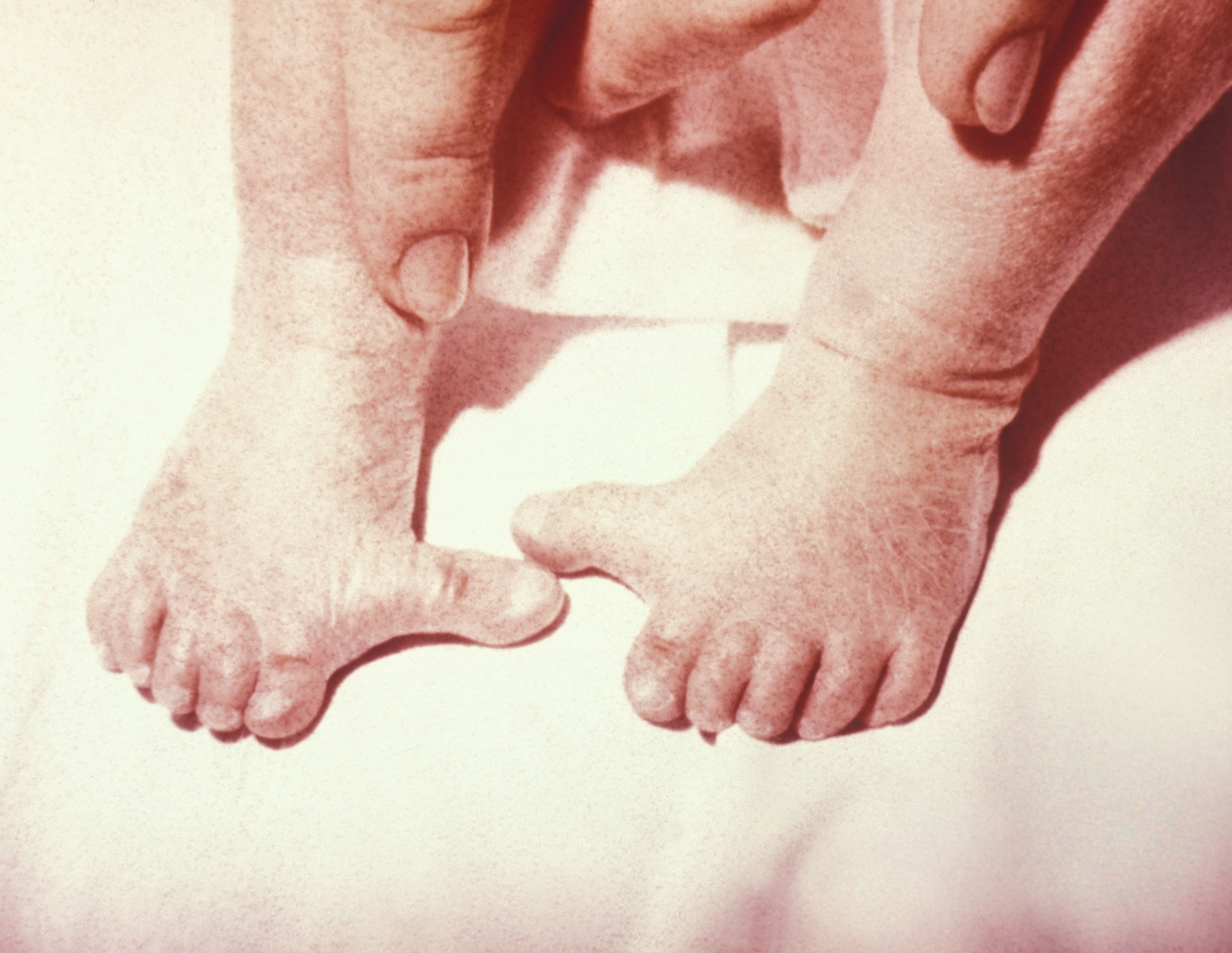Benign Hereditary chorea is a progressive degenerative disease of the basal ganglia and cerebral cortex, beginning in adult life and characterized by choreiform movements and mental deterioration. The inheritance of the disease is based on a single dominant autosomal gene. It may be transmitted by either sex, and both sexes are affected in equal numbers. The trait is transmitted from affected individual to affected individual so that those whole escape rarely transmit the disease. Only about 50 per cent of the offspring are affected. The disease is relatively rare, although its incidence may be high in geographic regions where affected” families have resided for many generations.
Although the pattern of inheritance suggests a disturbance in one of the enzyme systems of the brain, to date this defect has not been elucidated Pathologically, widespread degenerative changes with cell loss and reactive gliosis are found, primarily in the cerebral cortex and caudate nucleus.
You Must Know About Clinical Manifestations of Benign Hereditary Chorea
The clinical manifestations consist of choreatic:: movements, emotional disturbance, and intellectual deterioration in varying degrees, rate of appearance, and progression. The disease usually makes its appearance between the ages of 35 and 50 years, rather insidiously with any of the above symptoms, but as a rule with abnormal movements. The movements, though similar to acute chorea, are usually more jerky though less lightning-like and primarily involve the trunk and shoulder girdle and more often the lower limbs than the upper.
This pattern of involvement tends to produce a dancing sort of gait, whiis a prominent feature of the disease. In rare instances a Parkinson-like rigidity is encountered as the major manifestation rather than involuntary movements. The mental deterioration is similar to that of any organic dementia, with progressive impairment of memory and of intellectual capacity, and inattention to personal hygiene. Emotional disturbances include heightened irritability, bouts of depression, and fits of violent behavior.
With the typical triad of choreiform movements, dementia in adult life, an d documentation of similar symptoms in family members, the diagnosis is readily evident.. However, there is a tendency for families to deny the existence of mental disease, and it is sometimes difficult to obtain corroborative data even when the diagnosis is strongLy suspected. Little difficulty occurs in differentiating hereditary chorea from acute chorea, but senile chorea may raise a problem. The latter, which comes on late in life, involves few mental changes, if any, lacks a familial history, and is usually benign in comparison.
Other diseases such as the presenile psychoses, Alzheimer’s and Pick’s, because of their dementia and similarity in age of onset, may offer some difficulty, especially in instances in which choreiform movements are inconspicuous. Pneumoencephalography demonstrating selective atrophy of the caudate nucleus may help to establish the correct diagnosis in such instances. There is a tendency to over diagnose hereditary chorea, applying it to diverse neurologic disorders such as cerebellar degenerations and familial tremors. The dire implications of this form of chorea require strict adherence to the diagnostic criteria.
There is no effective therapy. Huntington’s chorea is relentlessly progressive, leading to total incapacity and inevitably death, usually within 15 years of onset. In the early stages the patient can be managed at home with supervision and the use of phenothiazines or reserpine to reduce the intensity of the movements and to control the behavior to some extent. As the disease advances, confinement to a psychiatric facility becomes necessary.
